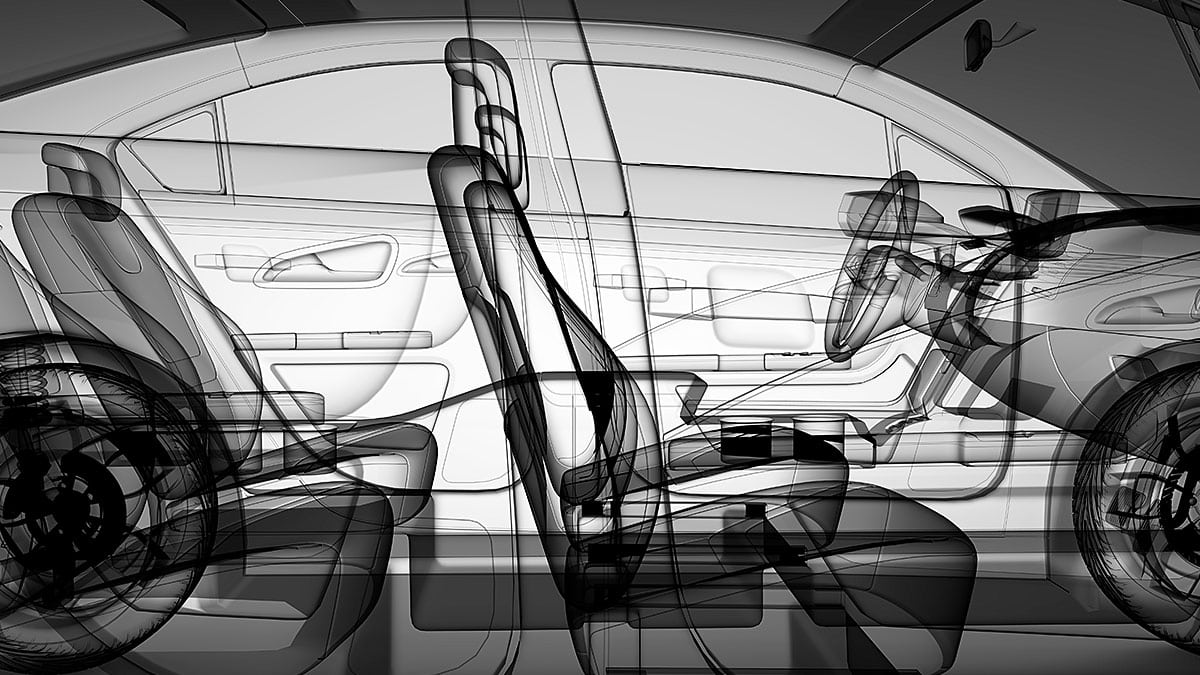Since the early 1990s, there has been a growing interest in four‐dimensional computer-aided design (4D CAD) for construction project planning. Commercial 4D CAD applications are becoming more accessible and the use of this technology allows construction planners with CAD training to produce more rigorous schedules. Knowing that effective planning is one of the most important aspects of any construction project, it’s easy to see why companies and even CAD College are so eager to embrace the use of 4D CAD for construction planning.
The technology has the potential for presenting ideas to clients in order to promote collaborative working or to assist in the problems associated with site logistics and site layout. Moreover, it can be used to analyze the construction schedule and anticipate potential problems. It can also be used as a tool for training, or as a medium to evaluate an alternative construction schedule.
Product modeling and visualization
4D CAD technology has provided useful tools for product modeling and visualization, which can then be used as a communication tool. 4D CAD is commonly used during meetings to explain designs and describe work packages, which allows for a more intuitive comprehensive of the construction process than traditional 2D drawings and schedules. Other important uses of 4D visualizations have, so far, been in the marketing and pre-construction phase of a project. For example, 4D simulations can be used to demonstrate construction work sequencing, which then allows multiple parties to understand the sequence of construction and progress made at specific points in time.
Process modeling and analysis
Although a lot of effort in 4D simulation research has gone towards developing tools that can render and display beautiful, clean models and sequences, recent trends have involved the use of this emerging technology for analysis and prediction. 4D planning provides a new opportunity for the representation of construction scheduling, which can allow the analysis of construction schedules prior to the construction phase, including cost control and estimation. The integrated design, cost and schedule model can record and communicates the status of the construction process as time goes on.
By modeling the relationship between different factors, construction planners and managers can automatically identify design and planning changes that need to be made, ensuring that the project’s design, cost estimate, and construction schedule are aligned.
Collaboration and communication
Being able to generate and view 4D simulations in a collaborative environment can make it much easier for professionals to coordinate their efforts. Due to the fragmented nature of the construction industry, numerous contractors can be working on the same construction site at any given moment. A 4D model facilitates the communication between different contractors and can help avoid unnecessary conflicts between specializations. 4D models can even be used to bridge the gap between a BIM Technician and the client, as it helps them to understand the scope and level of the project’s completion better.



